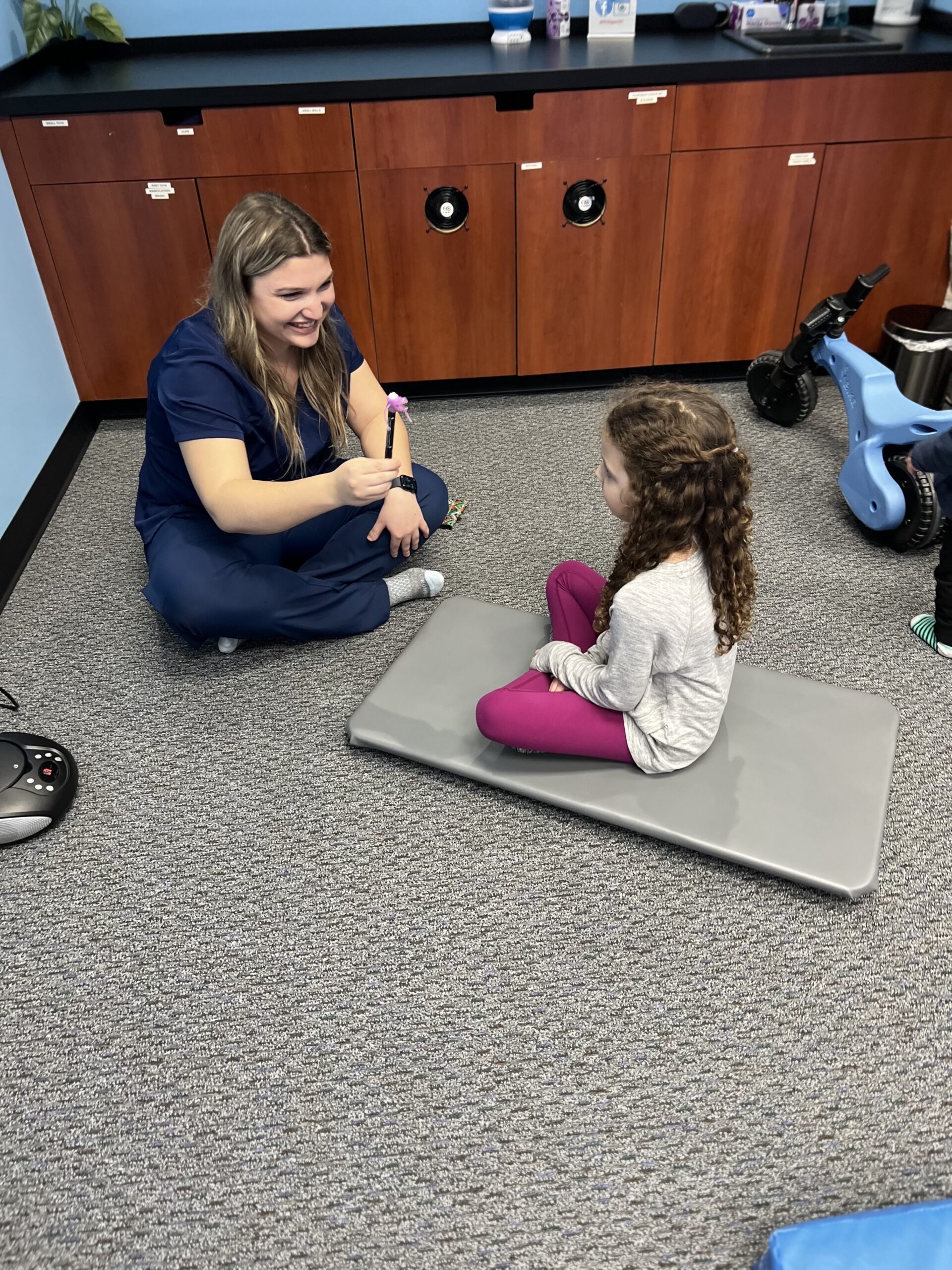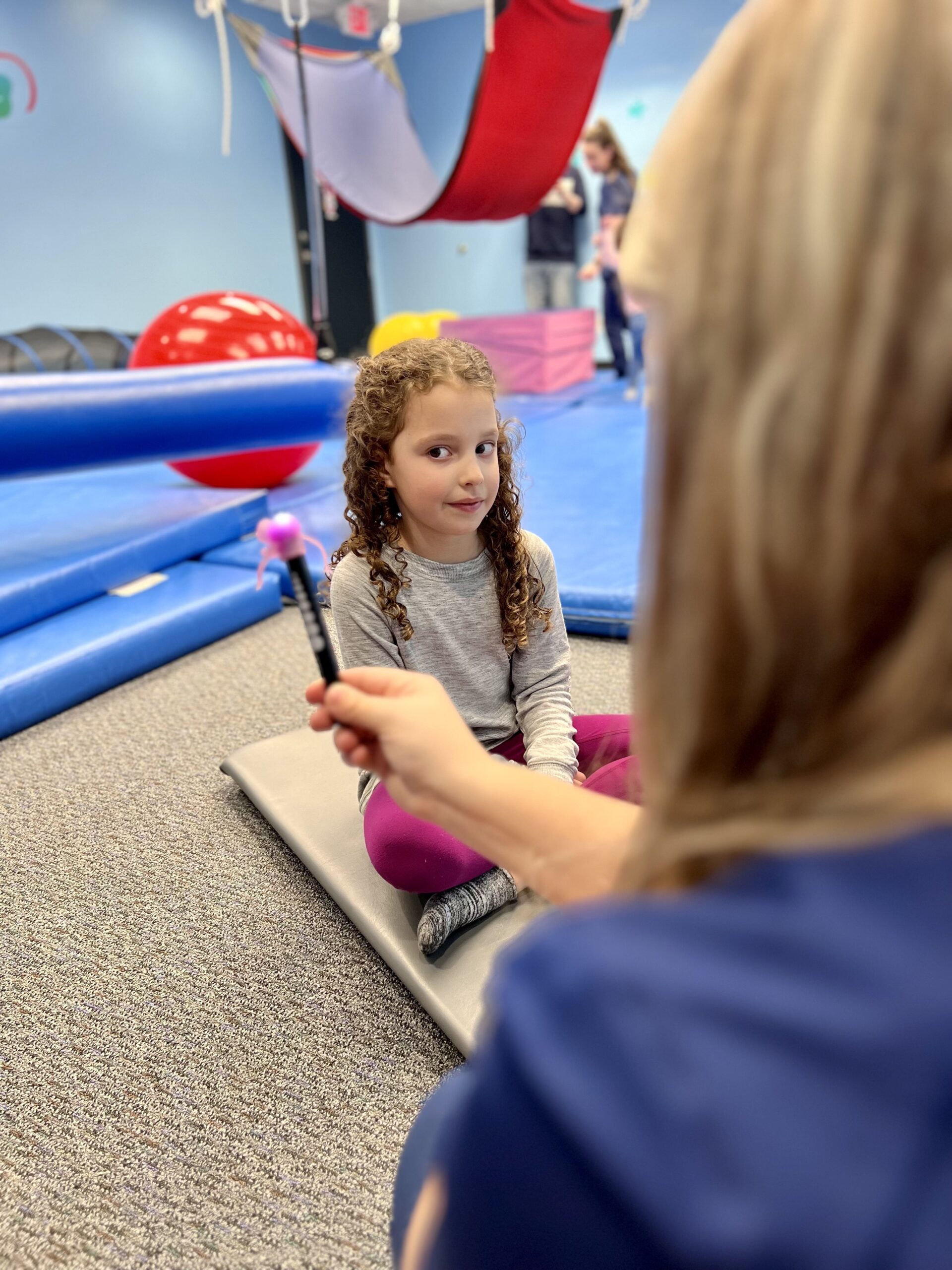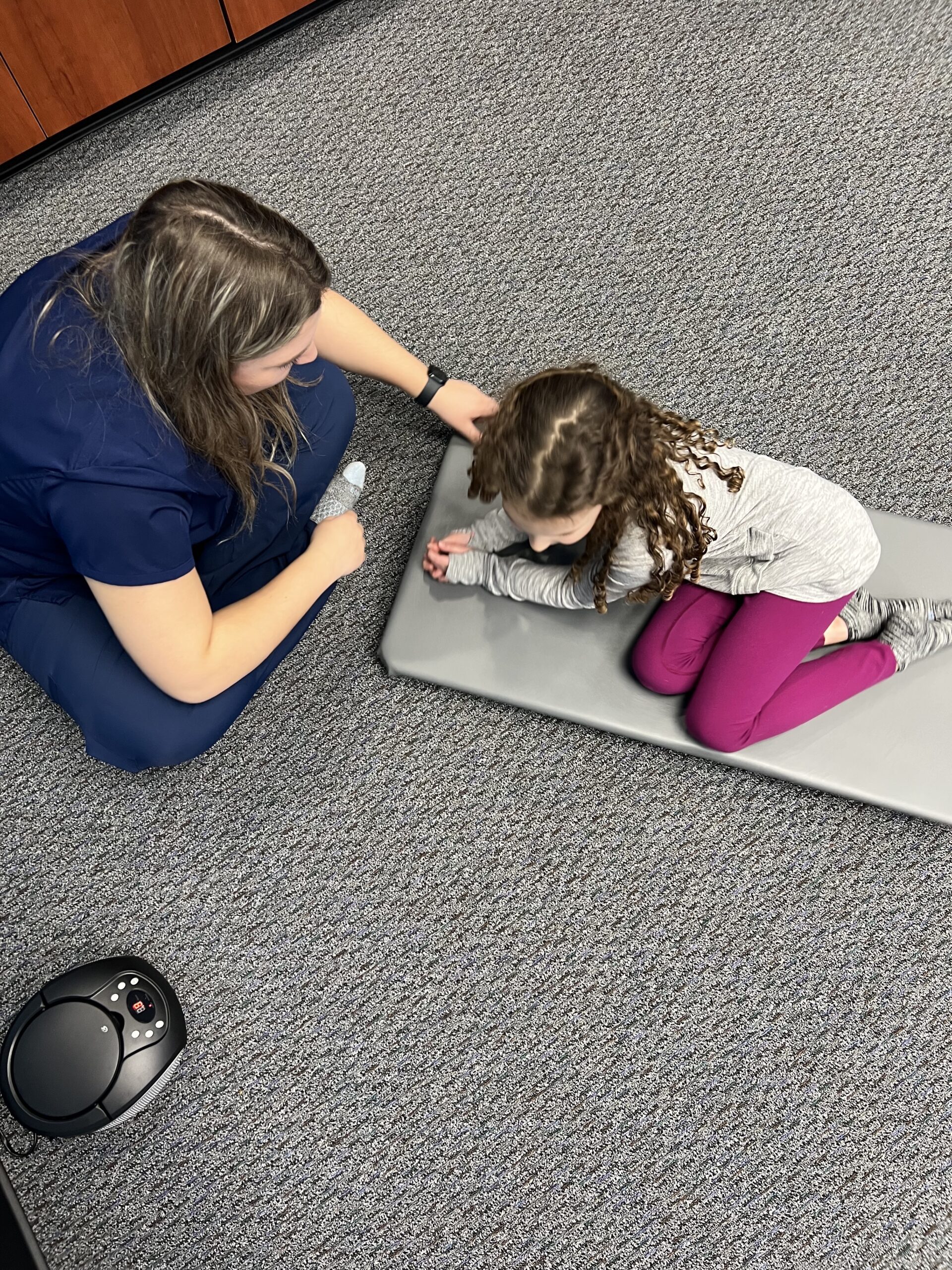Astronaut Training for Sensory Processing Disorder
Astronaut Training is a sound-activated, vestibular-visual protocol that promotes optimal vestibular/cochlear function for sensory processing and motor control. It consists of multiple steps, with the three main steps being rotary activation, functional eye movement, and linear activation. Integrating sound with movement is implemented during each step through the use of MP3s that play rhythmic music and sound, as well as specific positioning of the head in order to evenly distribute input to all five of the vestibular (inner ear) receptors.

Astronaut Training promotes:
- Centering and balancing the body in relation to gravitational space
- 3D spatial awareness
- Rhythmicity and timing of movement
- Adaptive behavior in dynamic environments
- Regulation of orientation, arousal, and sustained attention
- Emotional regulation
- Postural control and balance
- Ocular motor control
- Tolerance to movement
- Visual and sound localization
- Oral motor control and synchrony of suck, swallow, breathe
- Physical and mental agility
- Cognitive multisensory processing
- Eye-hand and eye-foot coordination

Why is vestibular-activated movement important?
- The vestibular system is responsible for movement related to sensory input, allowing us to understand the position of our head and body in space, and is crucial to our survival and overall ability to function each day
- It allows us to maintain our balance when moving across various surfaces and maintain a stable visual image, even when our bodies are in motion
- Efficient movement elicits multisensory integration and overall regulation
- Provides information for purposeful movement (i.e., how, when, why) and allows us to adapt our movement correctly as needed
Michigan Pediatric Therapy has occupational therapists who are trained in Astronaut Training. Please contact us if you have any additional questions: (248) 939-4030




